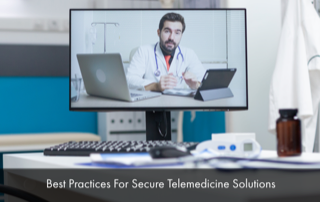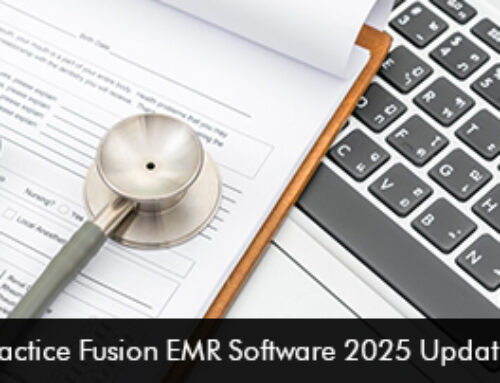The robust telemedicine platform has empowered healthcare providers to extend care in the best possible way. Clinicians, however, cannot ignore the fact that once the telehealth software is used patients’ health data is exposed to cybersecurity threats and issues. Healthcare providers and software professionals should take all privacy measures to ensure that the data is secured and encrypted.
Telemedicine EMR Software solutions are being embraced rapidly by hospital facilities and clinicians in the US because of its many benefits. It is crucial that the telemedicine software is designed to meet all HIPAA requirements to encrypt and protect patient data round the clock.
Ways to Protect Patient Data during Telemedicine Sessions
Here are a few ways to ensure that patient data is safe and makes virtual healthcare sessions more powerful and meaningful.
- HIPAA Compliant Software – The healthcare provider should only look out for telemedicine EMR software solutions that are HIPAA Compliant and ensure safe video conferencing facilities for both patients and doctors.
- Staying up-to-date with cybersecurity methods – Through measures like training, documentation, and webinars healthcare providers can be kept updated regarding the best cybersecurity practices. For example, physicians can be educated about secure screen-sharing methods. It is preferable when clinicians share their screen during a virtual session they should share by the application instead of their entire desktop. This makes certain that they don’t accidentally expose patient data to a third party or a wrong person.
- Provide safer options for patients to join virtual sessions – Providers can keep patient data safer by minimizing the steps required by the patients to join the telehealth appointment. Schedulers and doctors can ask patients to make video calls from their desktop’s browser which avoids them to download the app. Patients can also be given the option to join the meeting with an audio-only choice which enables patients to connect the virtual session over the phone’s audio without relying on data.
- Keeping up with any regulatory changes – Ensure to keep up with the regulatory changes as they happen at a fast pace.
- The use of VPNs – While providers are establishing a telemedicine EMR software platform it is crucial to use virtual private networks (VPNs) to protect communications while linking remotely with enterprise networks. VPNs ensure that sensitive data is encrypted goes through appropriate corporate channels. It has been recorded that the use of VPNs has increased by 124% in the past several weeks.
- Encryption of all devices in use – Medical setups and clinicians should make sure that all mobile devices, communication systems, and software is encrypted to reduce the risk of technology breaches through unsecured devices.
- Investment in cybersecurity policies – Healthcare providers should invest in cybersecurity insurance. The purchase of effective cybersecurity policies can help prevent the risk of data breaches as they offer protective software and IT security support
Conclusion
With the COVID-19 pandemic and the new Omicron variant telemedicine software solutions are escalating to ensure patients can be diagnosed and treated from their homes. It is the duty of healthcare professionals and software vendors to give utmost priority to patient cybersecurity. The increase in cybersecurity threats such as phishing attacks is having an impact on online practices. When the above-mentioned strategies are deployed healthcare professionals can be confident that sensitive patient data will remain safe as these are the best practices for telehealth IT security.







